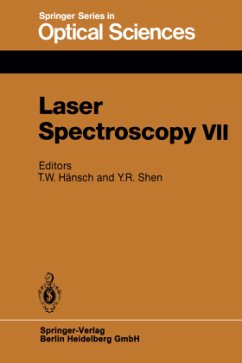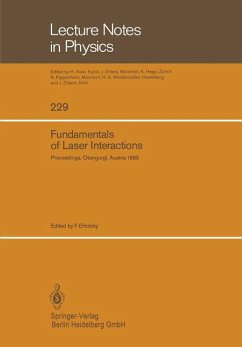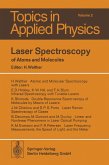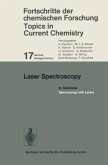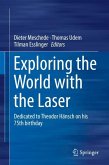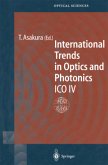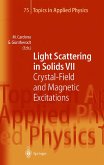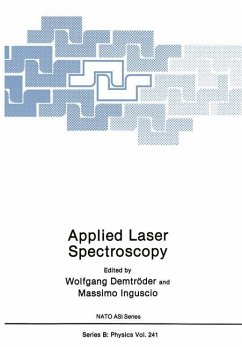The Seventh International Conference on Laser Spectroscopy or SEICOLS'85 was held at the Maui Surf Hotel, Hawaii, USA, June 24 to 28, 1985. Like its predecessors at Vail, Megeve, Jackson Lake, Rottach-Egern, Jasper Park, and Interlaken, SEICOLS '85 aimed at providing an informal setting for active scientists to meet and discuss recent developments and applications in laser spectroscopy. The Conference site on the sunny sands of famed Kaanapali Beach on the Island of Maui, although perhaps not the traditional mountain resort, offered nonetheless an atmosphere most inspiring to creative discussions during the unscheduled afternoons. The Conference was truly international: 223 scientists represented 19 countries, including Australia, Canada, People's Republic of China, Denmark, Finland, France Germany (FRG), Great Britain, Israel, Italy, Japan, South Korea, Netherlands, New Zealand, Poland, Spain, Sweden, Switzerland, and U.S.A. The intense scientific program included 14 topical sessionswith 59 invited talks. Approximately 60 additional invited papers and 16 postdeadline papers were presented during three lively evening poster sessions. The present Proceedings contain oral as well as poster and postdeadline papers. We thank all authors for the timely preparation of their manuscripts, now available to a wider audience. We would also like to thank the members of the International Steering Committee for their valuable suggestions and advice. Our special thanks go to the members of the Program Committee for their painstaking efforts.
Hinweis: Dieser Artikel kann nur an eine deutsche Lieferadresse ausgeliefert werden.
Hinweis: Dieser Artikel kann nur an eine deutsche Lieferadresse ausgeliefert werden.

